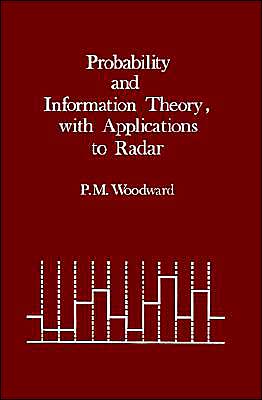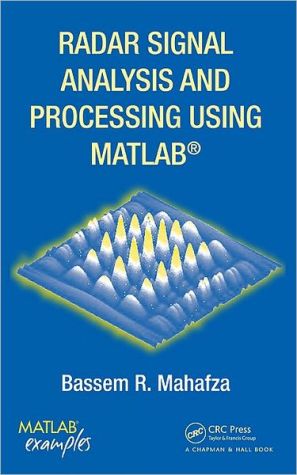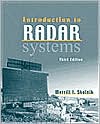ELINT: The Interception and Analysis of Radar Signals
In these times, correctly and quickly identifying a stray electronic blip on a radar screen can have incalculable consequences. Now more than ever, radar electronic intelligence (ELINT) can be the first line of defense for the battlefield or the homeland. Offering new insight into radar signal analysis, this book ensures more reliable and timely gathering of electronic intelligence. Combining and updating the author's two previous definitive books on ELINT, this volume is the indispensable...
Search in google:
In these times, correctly and quickly identifying a stray electronic blip on a radar screen can have incalculable consequences. Now more than ever, radar electronic intelligence (ELINT) can be the first line of defense for the battlefield or the homeland. Offering new insight into radar signal analysis, this book ensures more reliable and timely gathering of electronic intelligence. Combining and updating the author's two previous definitive books on ELINT, this volume is the indispensable reference for every ELINT professional. Starting with basic theory, it gives a comprehensive and integrated view of radar's role in ELINT. The book explains how to identify different classes of radar signals and determine their source and location. It covers systems performance issues and evaluates the strengths and weaknesses of different systems configurations. The book also guides radar systems engineers through challenges of designing new generations of ELINT systems.
Ch. 1Electronic intelligence1Ch. 2ELINT implications of range equations and radar constraints9Ch. 3Characteristics of ELINT interception systems29Ch. 4Probability of intercept97Ch. 5Antennas and direction finders117Ch. 6Emitter location149Ch. 7Estimating power at the transmitter169Ch. 8Antenna parameters183Ch. 9LPI radar and the future of ELINT211Ch. 10Antenna scan analysis235Ch. 11Intrapulse analysis255Ch. 12Pulse repetition interval analysis281Ch. 13Deinterleaving pulse trains317Ch. 14Measurement and analysis of carrier frequency335Ch. 15Determining ELINT parameter limits367Ch. 16ELINT data files383App. ASpectrum widths : 3-dB and first nulls for trapezoidal pulses391App. BSome ELINT considerations of FM signals395App. CA frequency hop radar example413App. DHistory and fundamentals of the IFM429App. EEmitter location partial derivatives441







